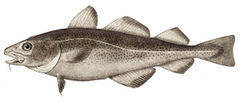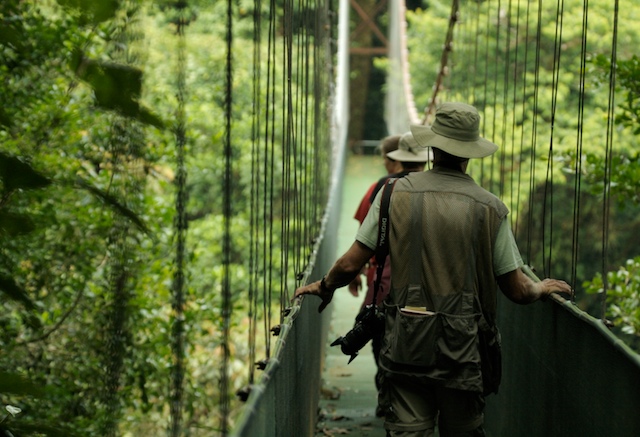Interesting tidbits on Seoul for United States travelers:
- The food is generally awesome, though the beef sucks and is more expensive. If you decide to try American-style fast food, expect variations customized to the locale. (For example, the McDonalds I tried had “Bulgogi Burgers” as the #1 combo item. Interesting to try, but still McDonalds.) If you eat a lot of wheats and grains, expect to switch over to many more rice-based foods such as rice noodles, pastries, and plain old rice. Seriously … that’s just the culture and you’d be wise to just deal with it.
- With a few excepts–most notably watermelon–fruits are generally not served often. Many native and healthy vegetables are frequently served cold with most meals, generally covered with regional spices. The kimchi (김치) is generally excellent, as you’d probably suspect. If you haven’t ever had it… well, you’ll have plenty. 🙂 It’s a huge cultural staple in Korea.
- If you look white, people will generally do their best to speak English to you, if they can. If you look Korean, they’ll almost always speak Korean. The general rule of thumb is that the more a type of job makes, the more likely it is that the person will speak English. In other words, don’t expect English skills from store clerks and restaurant staff. For those people looking Japanese or Chinese I couldn’t discern any obvious prejudacies, though I’m very “white” looking and don’t speak the language so I could easily be missing obvious cues.
- The subway system in Seoul is huge (as is Seoul itself with over 10 million people), and is akin to the systems in San Francisco, Chicago and New York. Most subway signs and ticketing machines have English, though announcements in Korean can be a little difficult to discern for native English speakers. I would advise at least learning the basics of the Korean alphabet (Hangul) and pronunciation rules so you at least sound out words only written in Korean, albeit extremely slowly and with a horrible accent.
- WiFi connectivity in disappointingly similar to U.S. cities. That is, in urban areas it’s generally within range but paid hourly/daily (such as in hotels, Starbucks, coffee houses etc.), or if you’re lucky you’ll infrequently find a decent free open access point. It’s pretty much non-existent in rural areas.
- Most sink faucet handle operate the reverse of U.S. handles to operate water flow. (In the U.S. you pull up or “lift” the handle to turn on the water, here you push down.)
- Almost all places seem to have toilets available (as opposed to just squating over some sort of hole), so I wouldn’t worry about that. All respectable establishments seem to have toilets. Some have bidets.
- For various cultural reasons, Koreans tend to be very clean, especially when it comes to floors. Remember to take your shoes off before entering peoples homes. Some restaurants will require you to do the same, particularly those here you sit on the floor, which makes sense.

 I recently returned from a week-long trip from Costa Rica. These are best frames from the trip and are intended for large format viewing. Flickr royally sucks at that (everything is shown low-res by default), but you can nab higher-def shots with a few clicks if you have a 24″+ monitor and would like to fill your screen.
I recently returned from a week-long trip from Costa Rica. These are best frames from the trip and are intended for large format viewing. Flickr royally sucks at that (everything is shown low-res by default), but you can nab higher-def shots with a few clicks if you have a 24″+ monitor and would like to fill your screen.